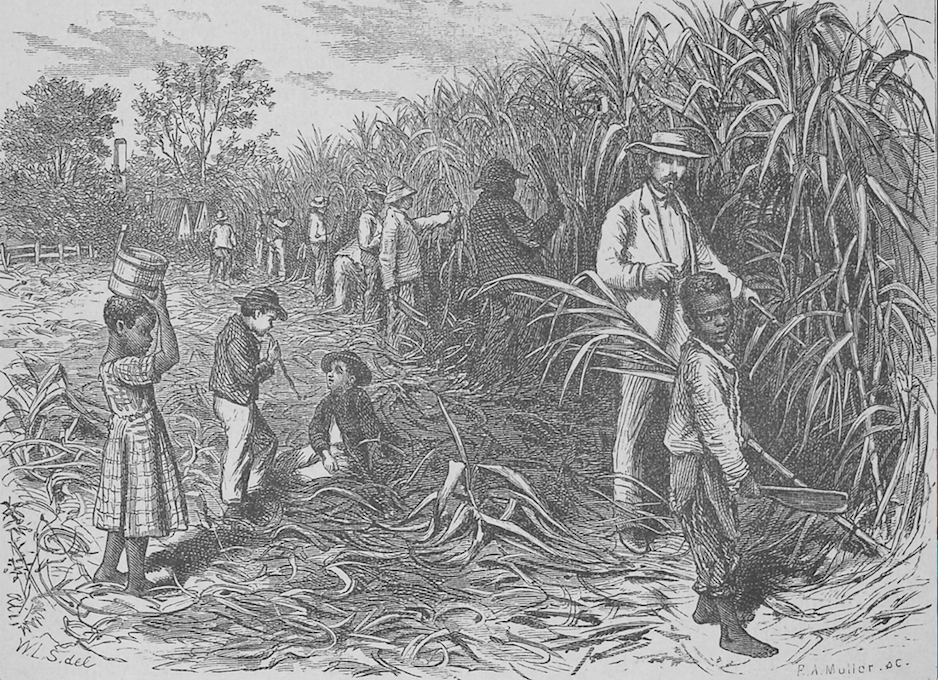When Pierre Clidamont Becnel purchased Evergreen Plantation from his grandmother Magdelaine Haydel Becnel’s estate shortly after her death in 1830, he embarked upon a daunting business venture. An architecture aficionado, Clidamont Becnel was far more interested in redesigning his grandmother’s old Creole home into one that resembled the Federal and Greek-Revival styles he had admired during his time in Philadelphia. He spent an enormous sum of money renovating the house and outbuildings and then had to invest capital in enslaved labor, machinery, and purchases necessary to plant and harvest sugar cane. A factor or agent in New Orleans handled business dealings and selling the crop once it was harvested. Planters relied upon credit until they could have a successful harvest to pay off debts. Unfortunately for Clidamont Becnel, he proved to be a poor businessman and planter. He never saw a profit, just mounting debts, and eventually sold the plantation to his cousin Lezin Becnel Jr.
In 1843, Clidamont Becnel was taken to court by his dozens of creditors. They wanted to be paid what they were owed. In addition to numerous family members, neighbors, and businessmen, Clidamont’s creditors included the Soulié brothers. Norbert, Lucien, Albin, and Bernard Soulié were among the wealthiest gens de couleur libres (free people of color) in Louisiana. The sons of Jean Soulié, a Frenchman, and Eulalie Mazange, a formerly enslaved free woman of color, the Souliés were influential builders, moneylenders, and commission merchants. Clidamont Becnel had owed them money since 1835.
Two letters in the Soulié account book were written to Lezin Becnel in 1844, around the time he was looking into purchasing Evergreen Plantation from his cousin. It appears he was trying to help settle the debts owed on the plantation, make it a viable business operation, and then purchase it as his own. Bernard Soulié and Lezin Becnel held each other in high esteem. The Becnels had free people of color in their own family, many neighbors who were free people of color, and frequently did business with free people of color, including the Souliés. This exchange captures societal norms and economic realities of New Orleans and its surrounding parishes in the 1840s. Creoles like Lezin Becnel and Bernard Soulié shared a language, religion, and culture. Their interactions reveal that racial stereotypes about the antebellum era were frequently inapplicable to southeast Louisiana.
1844 Letter from Bernard Soulié to Lezin Becnel
Letter translated from French
By the steamer Brilliant
New Orleans, Louisiana March 20, 1844
Mr. Lezin Becnel
St. John the Baptist Parish
Sir,
I hasten to let you know the results of necessary steps I have had to make with the gentlemen in the affair in question: also that I anticipate these gentlemen will be of one accord finding four years of time too long for the liquidation of an affair so unfortunate and that has lasted such a long time.
Believe sir that I am extremely pained not to be able to finish on the basis agreed between us, a matter that I would have preferred to do with you than with any other. Please let me know as soon as possible if you would be willing to do it by subtracting the fourth year of credit so that I am free to act elsewhere.
Accept, sir, my cordial salutations
B. Soulié agent


